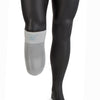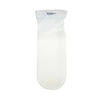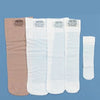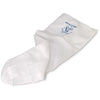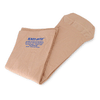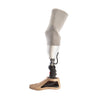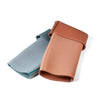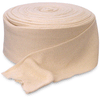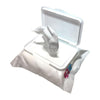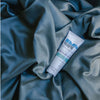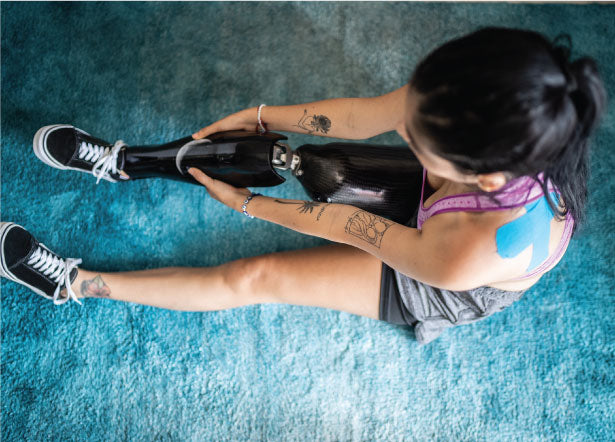How do I care for my prosthetic liner?
Throughout the day, prosthetic liners, socks, and sockets all accumulate dirt, oil, and bacteria that can lead to uncomfortable skin disorders if left alone. But why let that happen? Regularly cleaning anything that will touch your skin is an easy and effective way to keep your limb healthy. In fact, cleaning each part of your prosthetic interface should be a part of your daily skin care routine.
Many prosthetic cleansers that are safe for use on the skin are also OK for cleaning prosthetic liners, which are typically made from materials like gel, urethane, or silicone. (Check the liner manufacturer's specific recommendations.)
Liners are typically washed by hand.
To clean your liner
- Remove the liner and keep it turned right side out.
- Fill it with hot water and prosthetic cleanser, slosh it around for 30 seconds, then pour it out.
- Rinse repeatedly with hot water until no soapy residue remains, then pour the hot water out.
While the liner is still wet, rub four drops of baby oil across the inside surface of the liner. Once a week, after cleansing with soap and before applying the baby oil, rub isopropyl rubbing alcohol across the inside surface of the liner, then rinse with hot water.
Dry your liner by patting it gently with a towel, then allow it to air dry. The liner should be completely dry before you put it back on. It may be useful to have a backup on hand to wear while the first one dries.
Remember, washing your prosthetic liner thoroughly and regularly will help prevent skin irritation, rashes, and infection, and keeping all the parts of your interface clean will keep it from getting smelly too. This kind of weekly maintenance can also keep your prosthesis from wearing out sooner than it should.














































